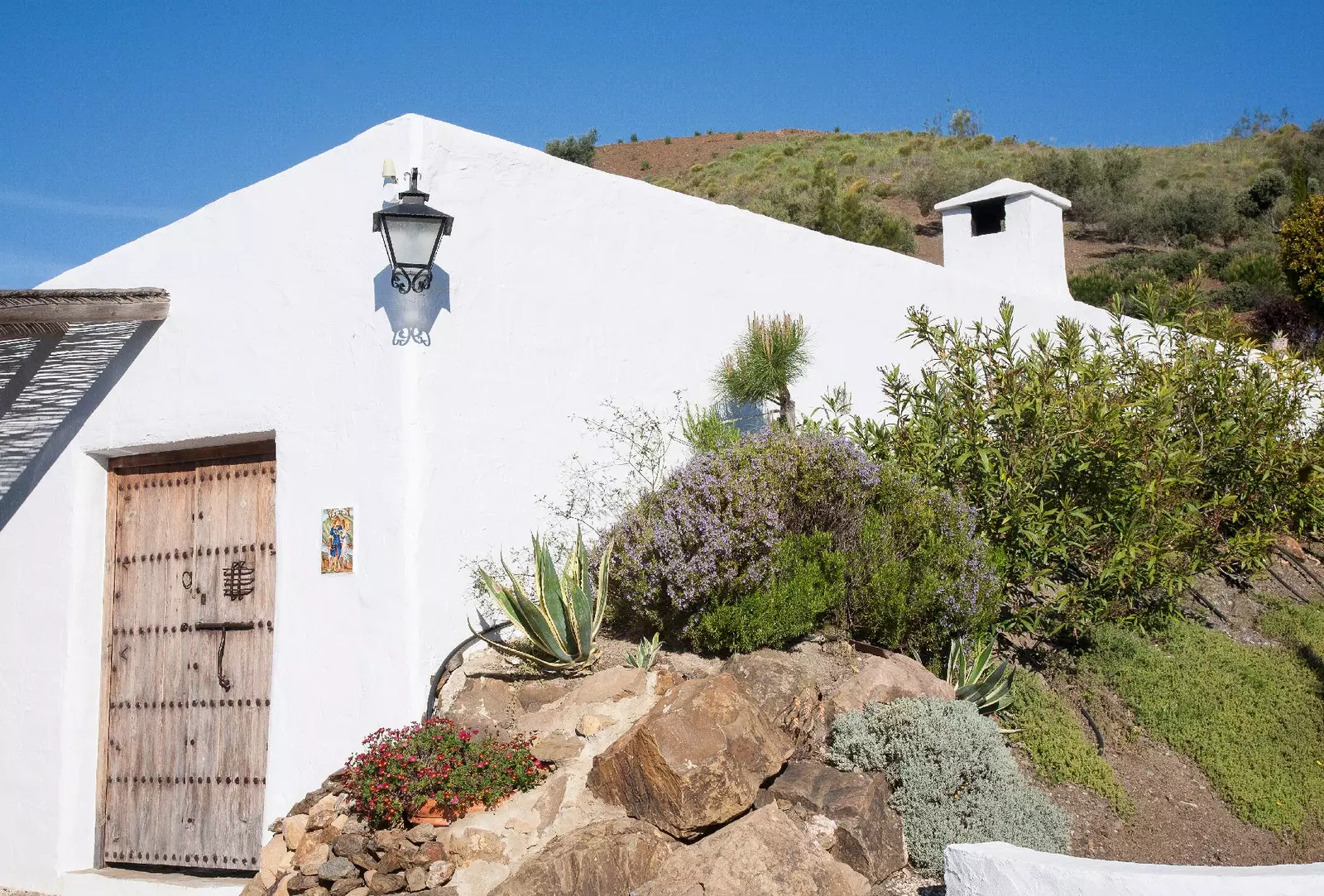
The Carligto
They came from distant places following their mysterious legend and here they found their paradise. These settlers discover us the other Costa del Sol, away from mansions and hustle and bustle.
We are going wrong if when we mention the Costa del Sol we are only assailed by those clichés that we associate with Marbella. Because if we decide to look east of Malaga, there is another Costa, also del Sol, that lives without wanting to make noise, less crowded and far from all ostentation.
It is the coastline that defines the profile of ** the Axarquia, ** one of those places where more than one stereotype can be given free rein, yes, but in this case they are allowed, because they were born from those romantic travelers who, to the south of Despeñaperros, extolled a picturesque aesthetic, an overflowing light, a devastating landscape...
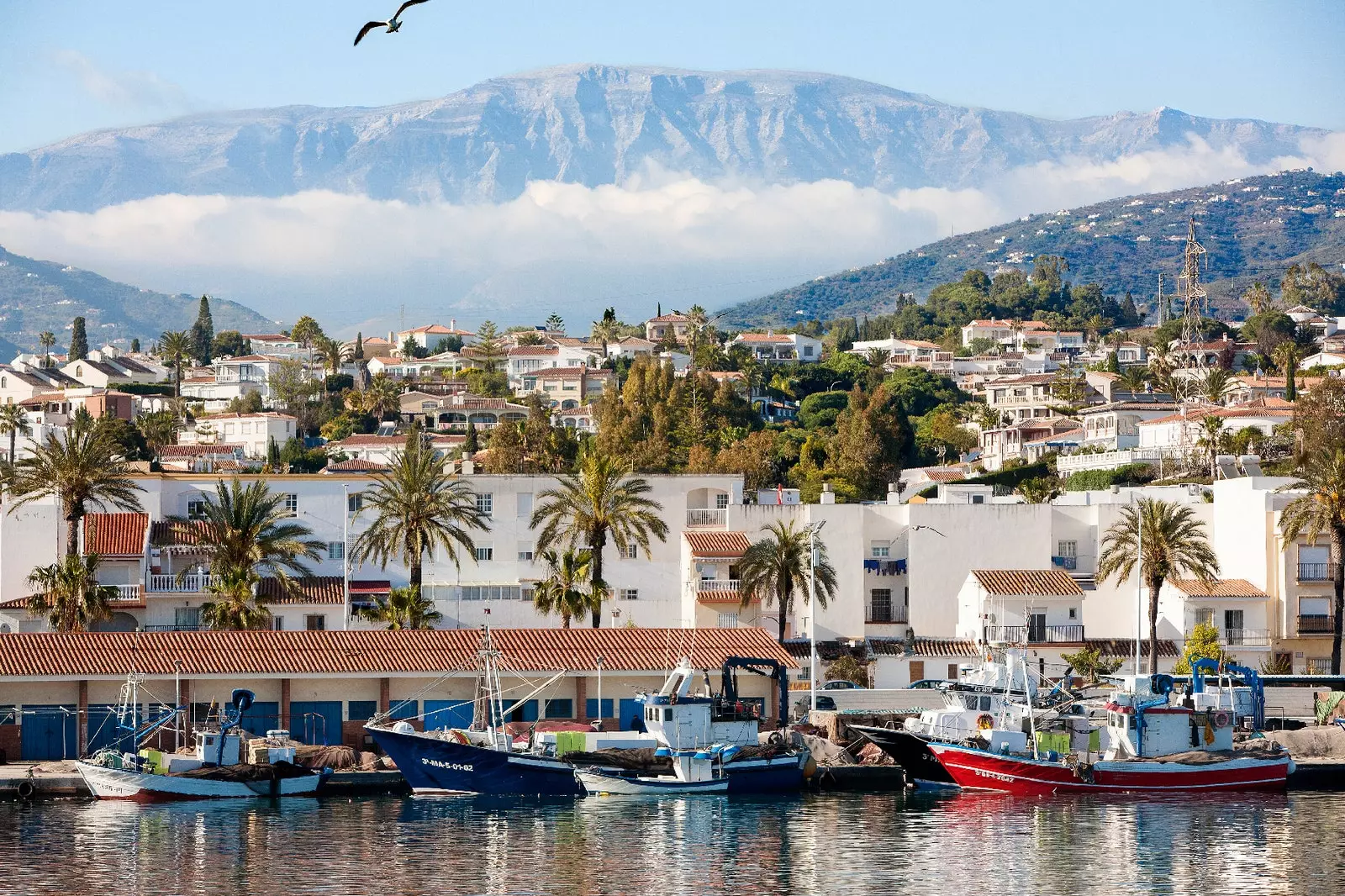
Fishing port of Caleta de Vélez
What if, some other legend according to which there is still the hope of crossing paths with a bandit on the road -in Alfarnate , by the way, the oldest sale in Andalusia is preserved, in case anyone is encouraged.
Nowadays, there are not a few who come from distant lands to here in search of that imaginary so... authentic? Some would say "bucolic" ... and others would simply stay in "folkloric". For me, Axarquia embodies 'the real Spain'.
visit many of the small villages, romantic and whitewashed, it is like jump back in time, with herds of goats dotted on the hills, donkeys grazing in the distance, narrow alleyways long before the invention of the car, and townhouses stacked one on top of the other on the slopes of the sierras.”
The words are from Allan Hazel, American who, with Dutchman Marc Wils, abandoned "the noisy and relentlessly busy life of London" eleven years ago.
Together they arrived at a small town in the interior of this region of Malaga, Canillas de Aceituno –the balcony of the Axarquia– to run ** El Carligto , an exclusive farmhouse consciously removed from civilization,** which takes its name from a curious phonetic adaptation of the eucalyptus that defined the property, and where one might think that it is in the very top of the world.
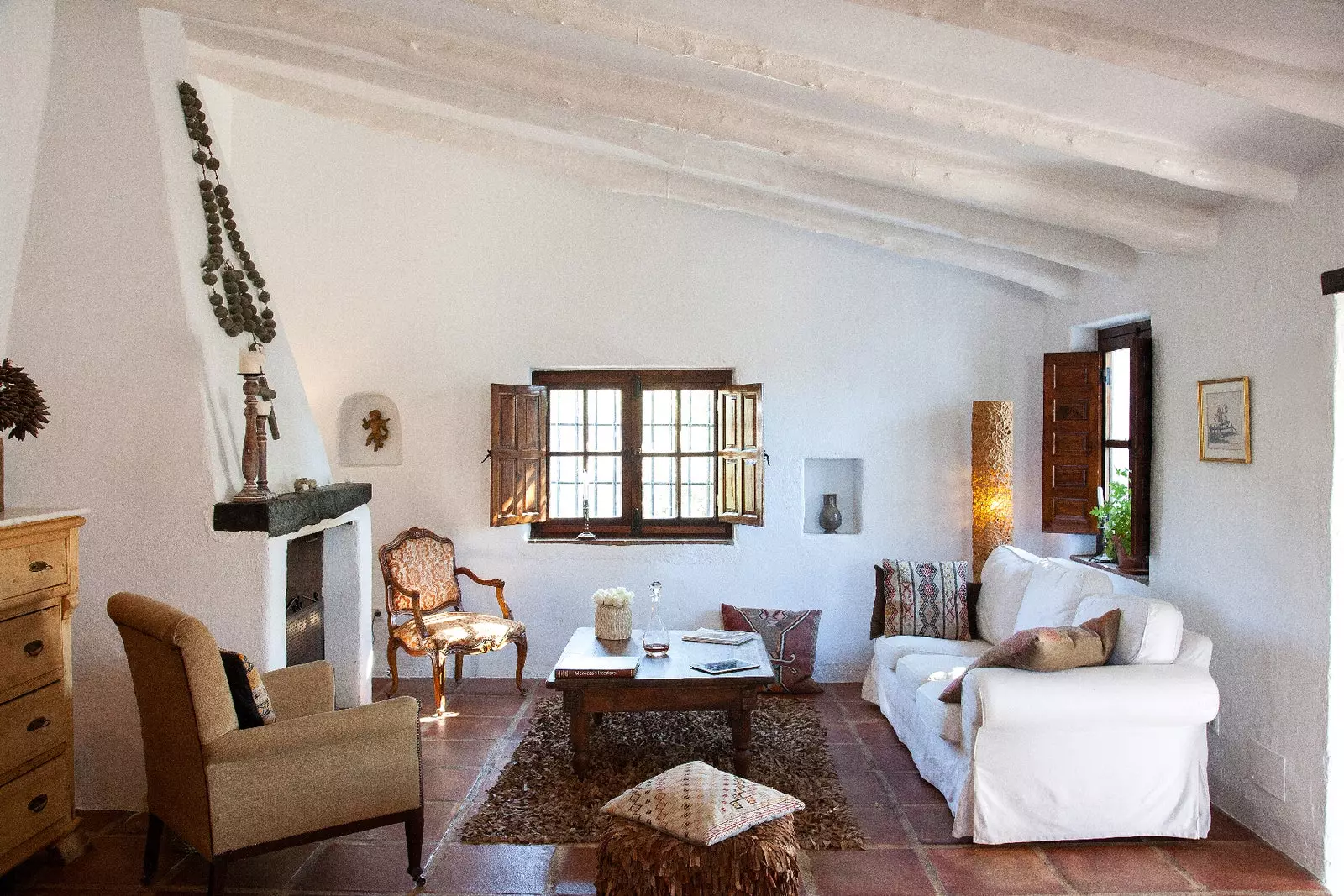
El Carligto room, where the white color mixes with the warm tones of the wood and the clay floor
In the 31 towns and 67 districts of the Axarquia, time seems not to want to advance. Neither time nor cars can afford to go in a hurry.
With some more than sinuous roads and an asphalt that seems to have been petrified since the 70s, the duration of the journeys does not respond to any logic, and the concept of close can hold more than one surprise.
And surely that isolation – also caused by a labyrinth of kilometers of unpaved lanes from which white dots in the form of mini-farmhouses emerge, scattered, randomly – has allowed, Despite having the sea as company, "tourism here has not gotten out of control."
says the Dutch Clara Verheij, owner of her together with her husband, André Both, of ** Bodegas Bentomiz **, in Sayalonga.
More than twenty years ago they sought a change of life and came to the Axarquia with the intention of “build beautiful houses” , while she, an anthropologist, dedicated herself to teaching English.
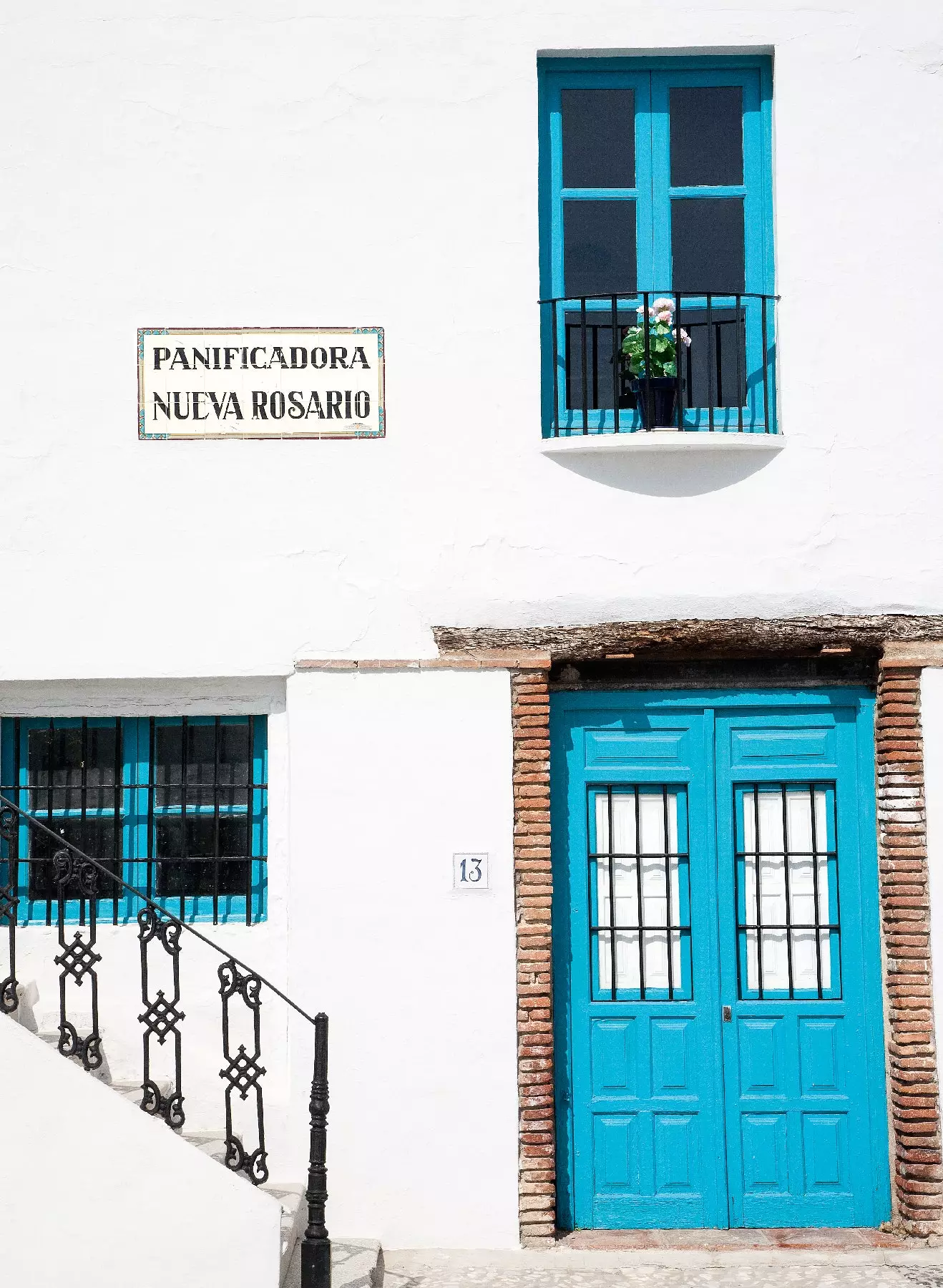
The Mudejar past in Árchez, another of the villages of the Axarquia
They settled on a farm surrounded by vineyards, and what began as a hobby became a way of life and they even built there a beautiful Bauhaus-inspired wine cellar, by the way.
“If you are an entrepreneur, there are many possibilities in this area. Possibilities that local people do not usually take advantage of”, Clara points out. Today they already know very well those steep terrains where not even donkeys are allowed to enter; although you will find out there, defying the laws of gravity, tanned countrymen with their espadrilles.
And today they also know that the breeze from the nearby alboran sea, the height of the vineyards and the slate soils are perfect for them to get ahead grapes such as Muscat of Alexandria –his dry Ariyanas deserves to be placed as a white header– or broke it
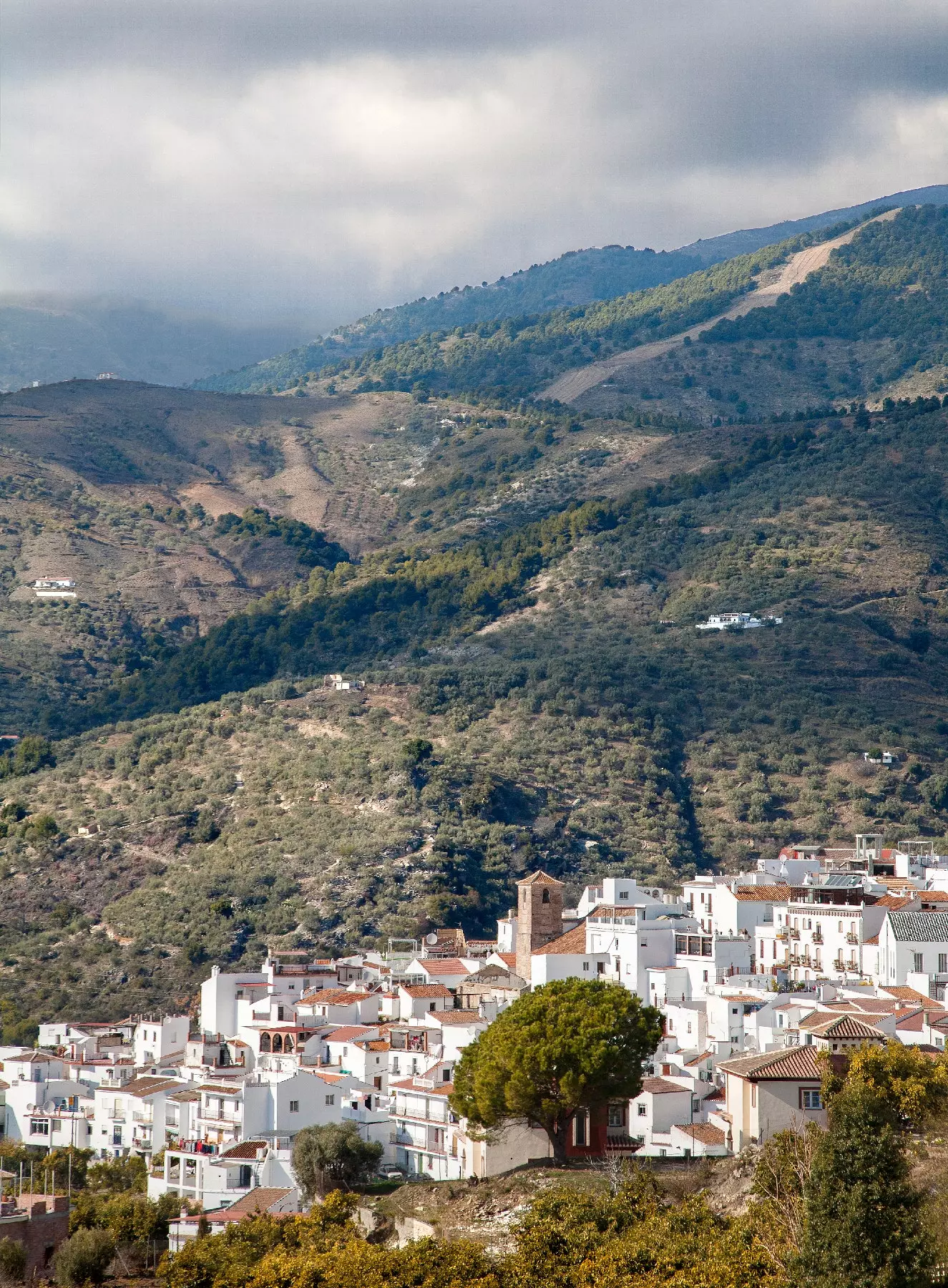
The mountains of the Axarquia in Frigiliana
He also looked at the Axarquia, and also inside it, the English Tanya Miller. ** Frigiliana is the most beautiful village in Malaga, ** perhaps in Andalusia and, if we insist, almost, almost in Spain.
For nine years, and as more and more foreigners do, Tanya only came here for a few days of vacation in winter -summer is something else, and many already know that in her country of origin the suffocating land wind does not even appear-, but A year and a half ago he opened a small boutique hotel, Miller's.
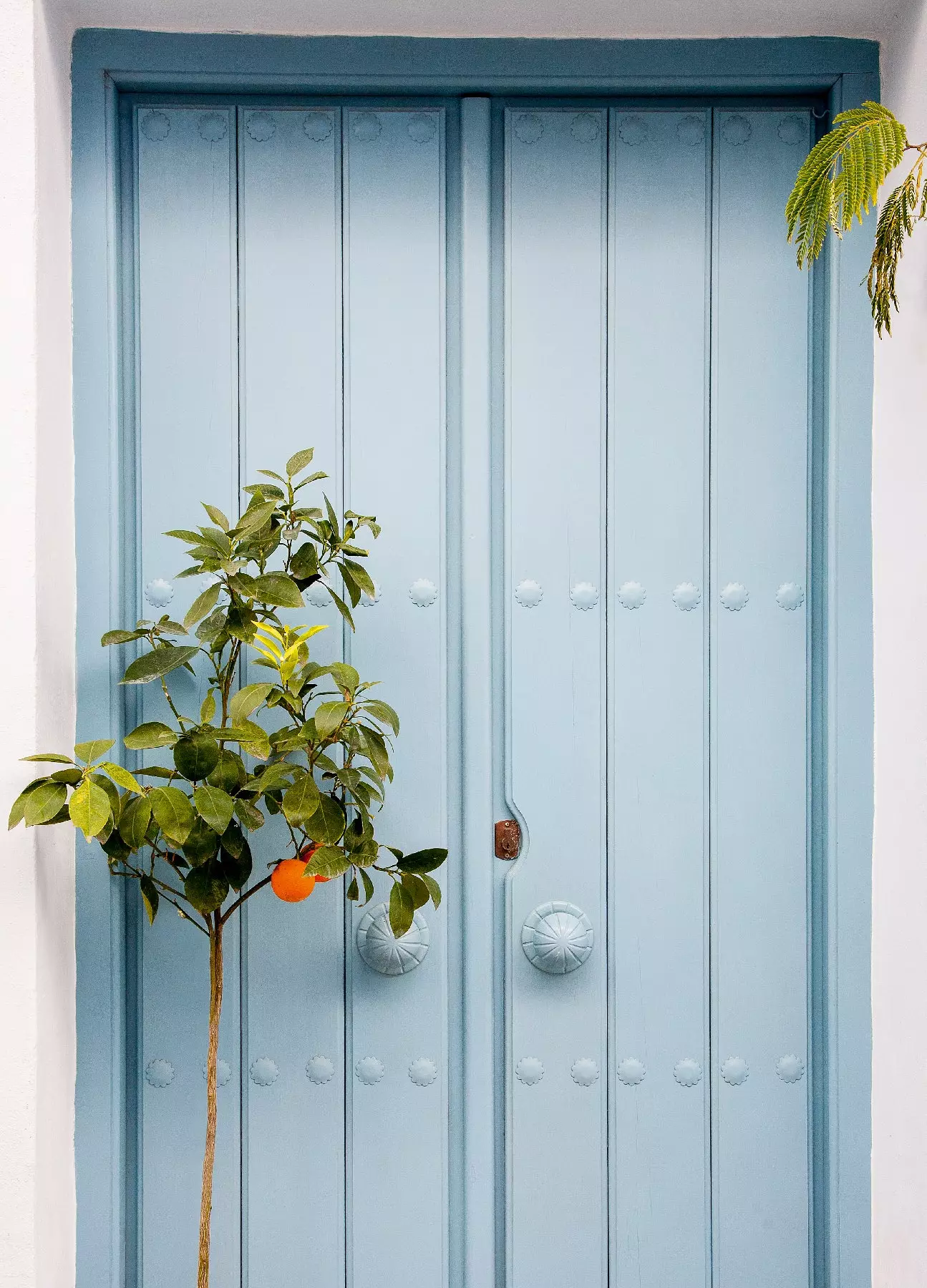
Door and orange tree in Frigiliana
The data says that one in three inhabitants of Frigiliana is a foreigner (as also happens in Comares, in Cómpeta...) .
You will see them walking around the winding cobbled streets, entering one of those houses with facades so white that they seem to be painted every morning, emerging from their colored doors and... seduced, of course, by “The warmth of the people and their predisposition to a good party at any time”, admits Alan Hazel, from El Carligto.
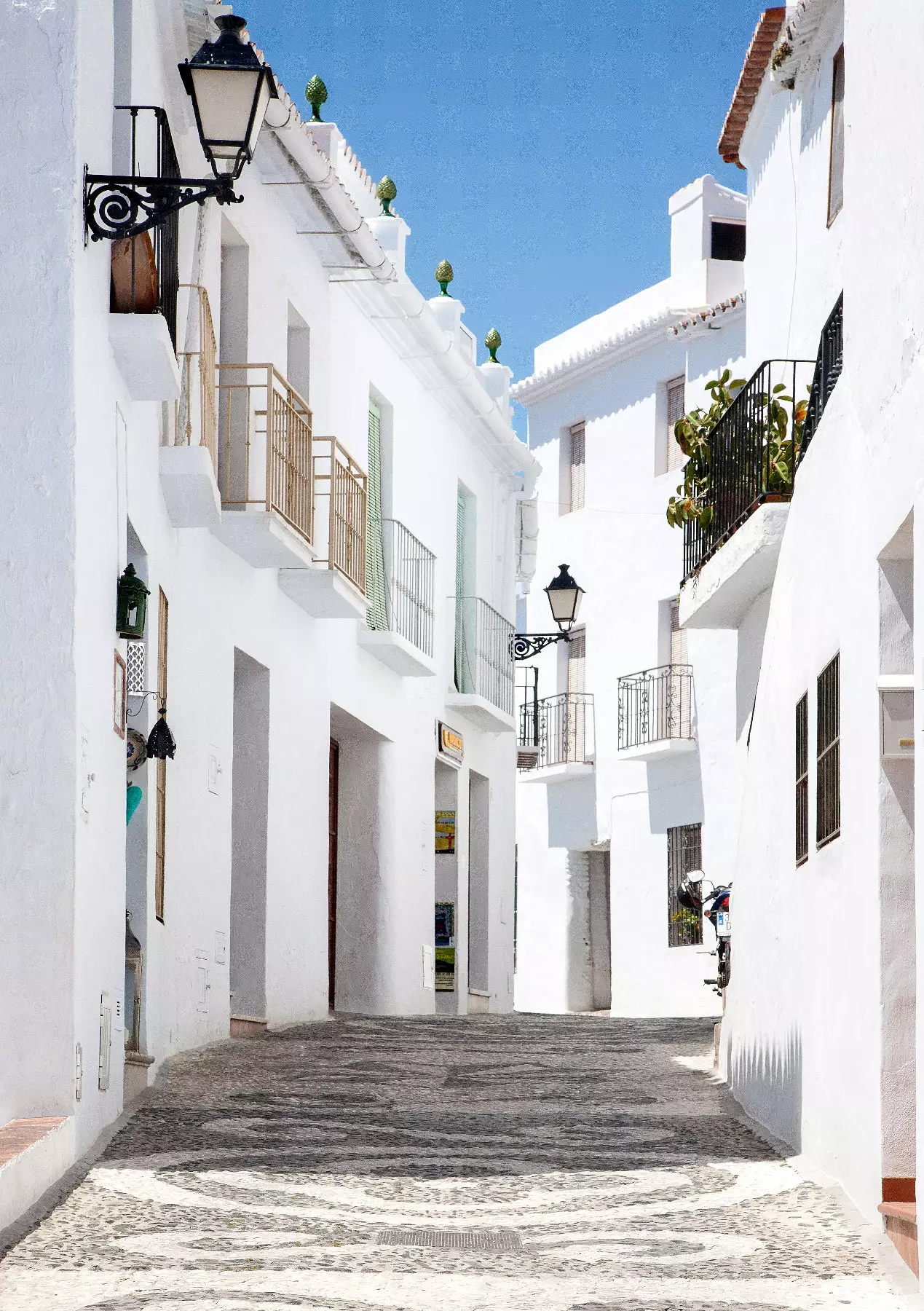
Typical white street of the town of Frigiliana
"Places have no right to be so outrageously delicious," said the American writer John Dos Passos about Nerja, the maximum expression of what a Tower of Babel means, although for many of these 'adopted' foreigners, the already 'axarquicos', perhaps – and curiously – it is already too touristy.
However, here too the district of Maro, from where, looking east again, start those that are undoubtedly the most beautiful and wild beaches and the most fascinating cliffs of the Malaga coast.
A coast that shelters fish with names that seem to be taken from a children's story: catshark, soldier, blacksmith, sampedro... and which are placed in order in the Caleta de Vélez fish market, competing with the best Norway lobster on the coast and between quantities of thin shell and sardines.
blessed respect, that feeds the foodie legend of the beach bars of this coast.
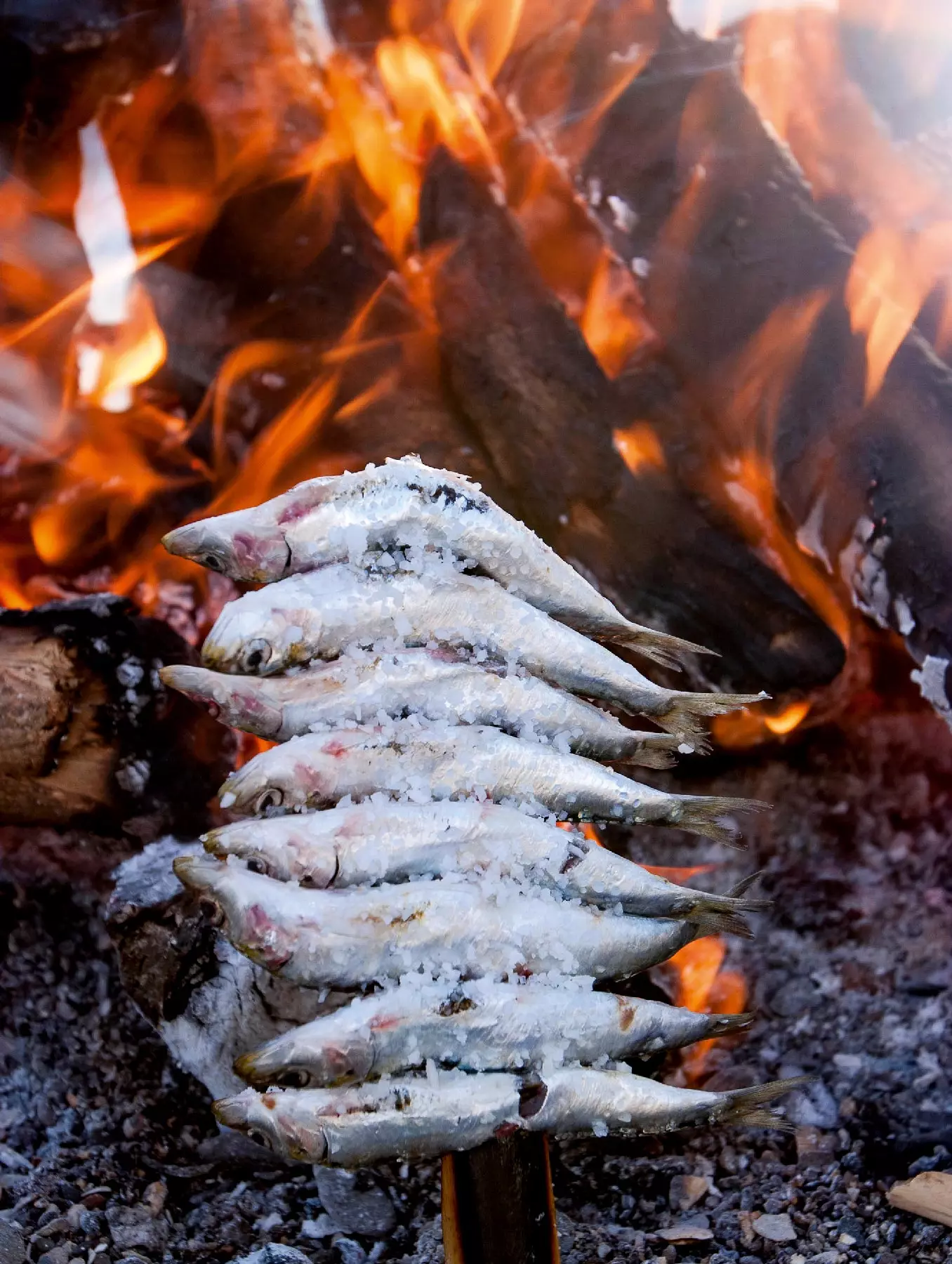
The traditional sardine skewer from Malaga
in the Axarquia dozens of languages are spoken; but there are also a thousand and one edges that mark its orography, and three climates that seem to constantly be the opposite. This, then, is a disparate territory.
That's why you can reach the so-called “South Pyrenees” –read Alfarnate, with an enviable orchard and where snow even appears in winter–, and land in an interior region, drier, more ocher, built with almond and olive trees.
And also, yes, herds of goats that paralyze cars, until appearing, once past the Viñuela reservoir –in a blue that seems to be taken from a postcard from the 60s, and with the 'eye' on La Maroma, the highest peak in the province–, in the plain, already close to the sea, where a carpet of subtropical fruits transport us to California itself.
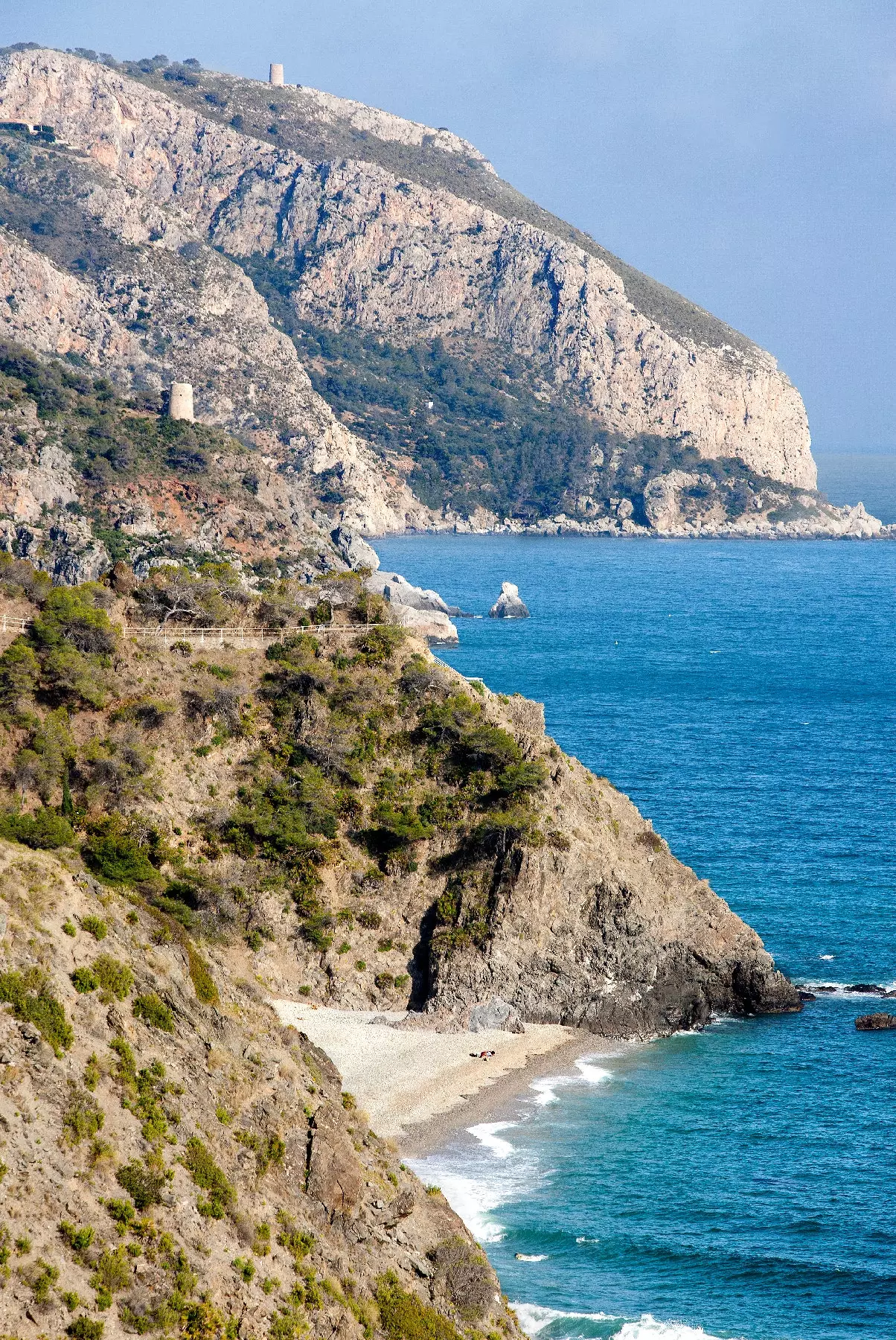
Cliffs of Maro-Cerro Gordo
This image and this climate inspired the German scientist Hans-Dieter Wienberg to boost in the 70's avocado production in the region.
"We brought thousands and thousands of bones from Mexico, we raised plants and we showed how they were grown in nurseries," he recalled years ago. Nowadays, It is the Spanish region that grows the most avocados.
Some of the largest producers of wild strawberries, of cilantro and the even more exotic comestible flowers, like Peter Knacke and Til Runge.
Also Germans, who managed to get elBulli , Dani García , Pedro Subijana and even French chefs to know the town of benamocarra, where they have installed their company Sabor & Salud.
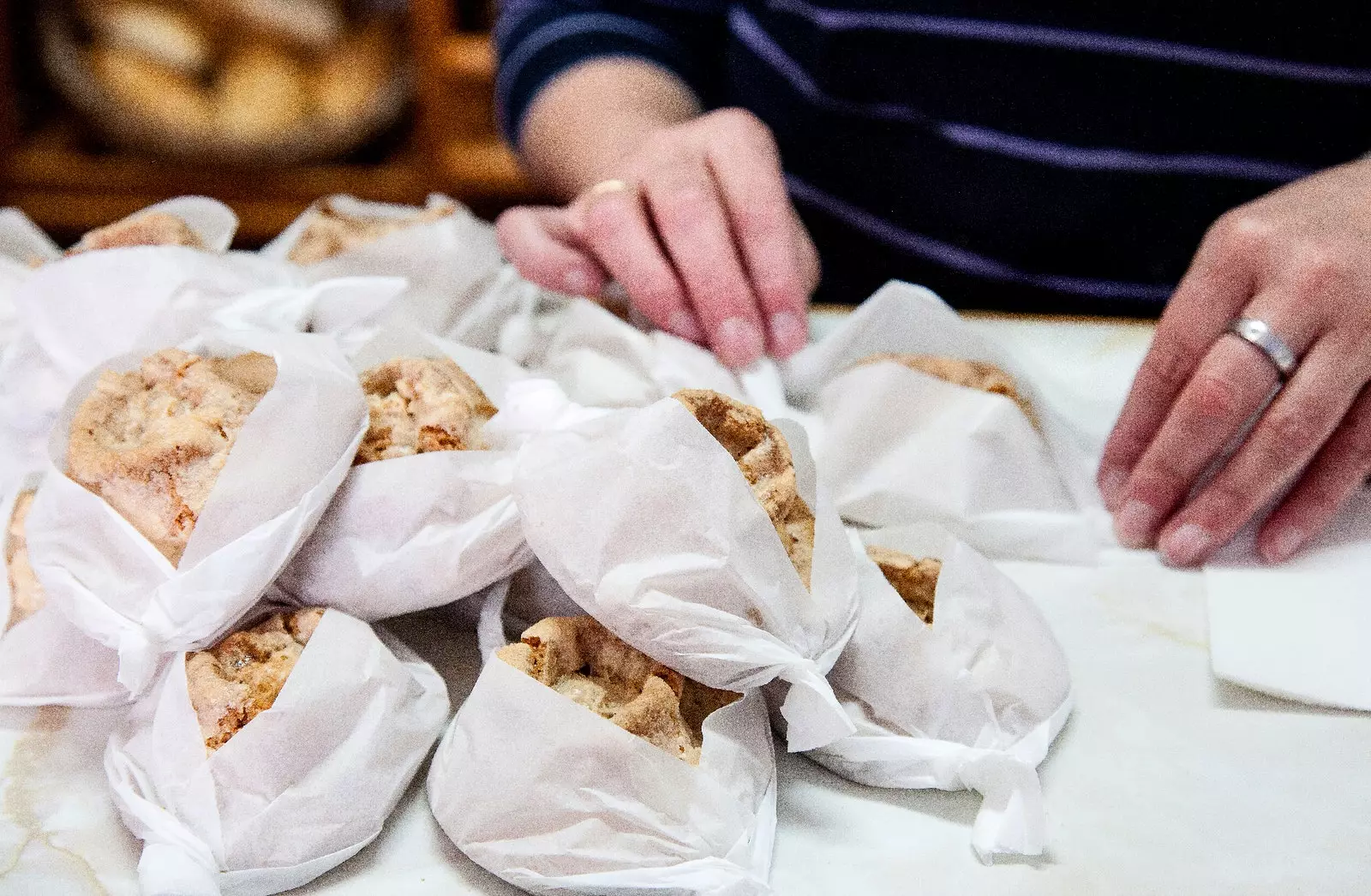
Roscos carreros typical of the town of Alfarnate, with a touch of anise, cinnamon and cloves
Without the magic and complexity of its terrain, the Axarquia, of course, would not have (the same) meaning. Well, without it and, today, without these new 'settlers' who have found their territory here.
let's just hope that the serene 'conquest' does not go any further... and that in the future we do not have to claim it.
_*This article and the attached gallery were published in the number 121 of the Condé Nast Traveler Magazine (October). Subscribe to the print edition (11 printed issues and digital version for €24.75, by calling 902 53 55 57 or from our website ) and enjoy free access to the digital version of Condé Nast Traveler for iPad. The October issue of Condé Nast Traveler is available at its digital version to enjoy it on your favorite device. _
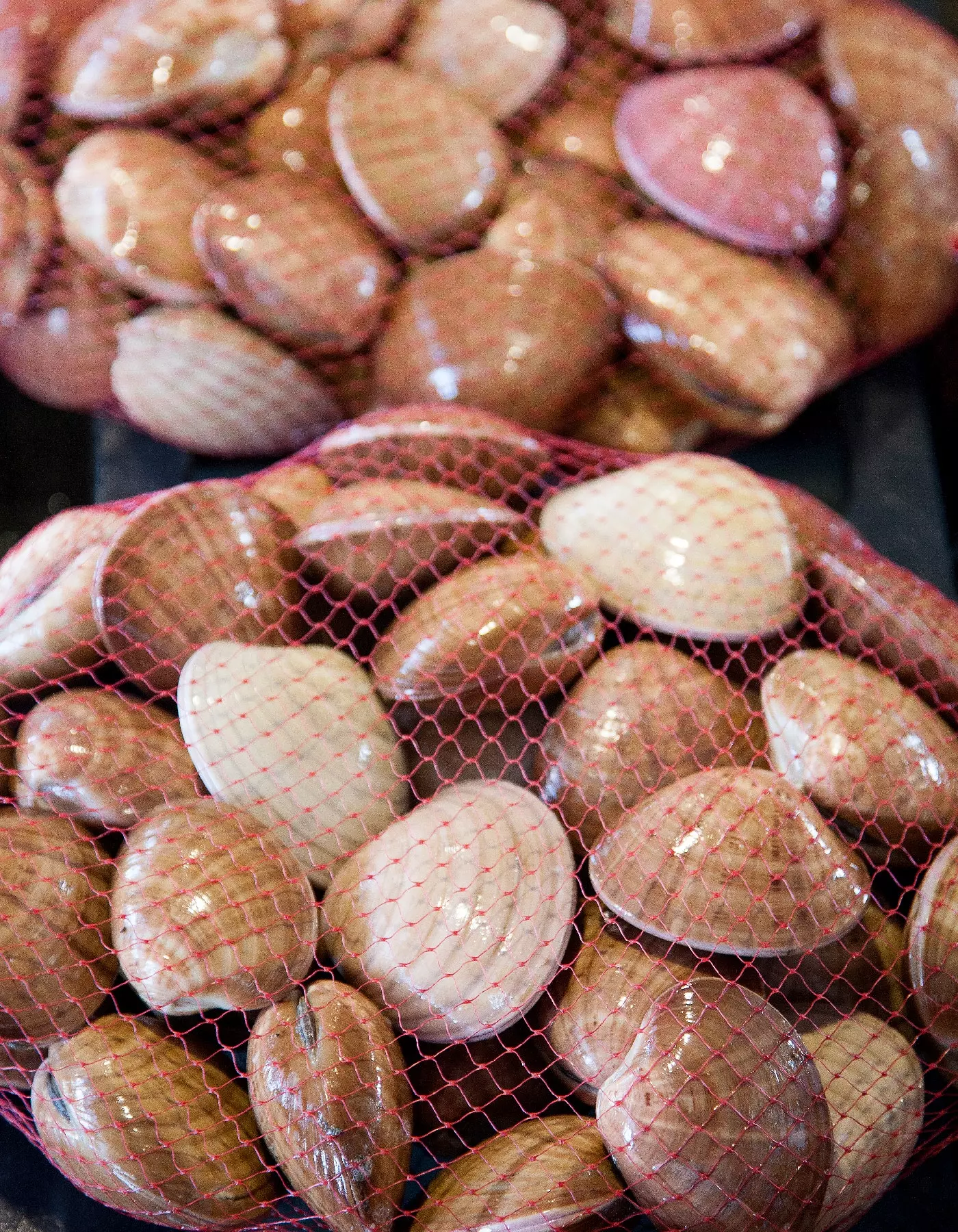
Coquinas in the fish market of the port of Caleta de Vélez
